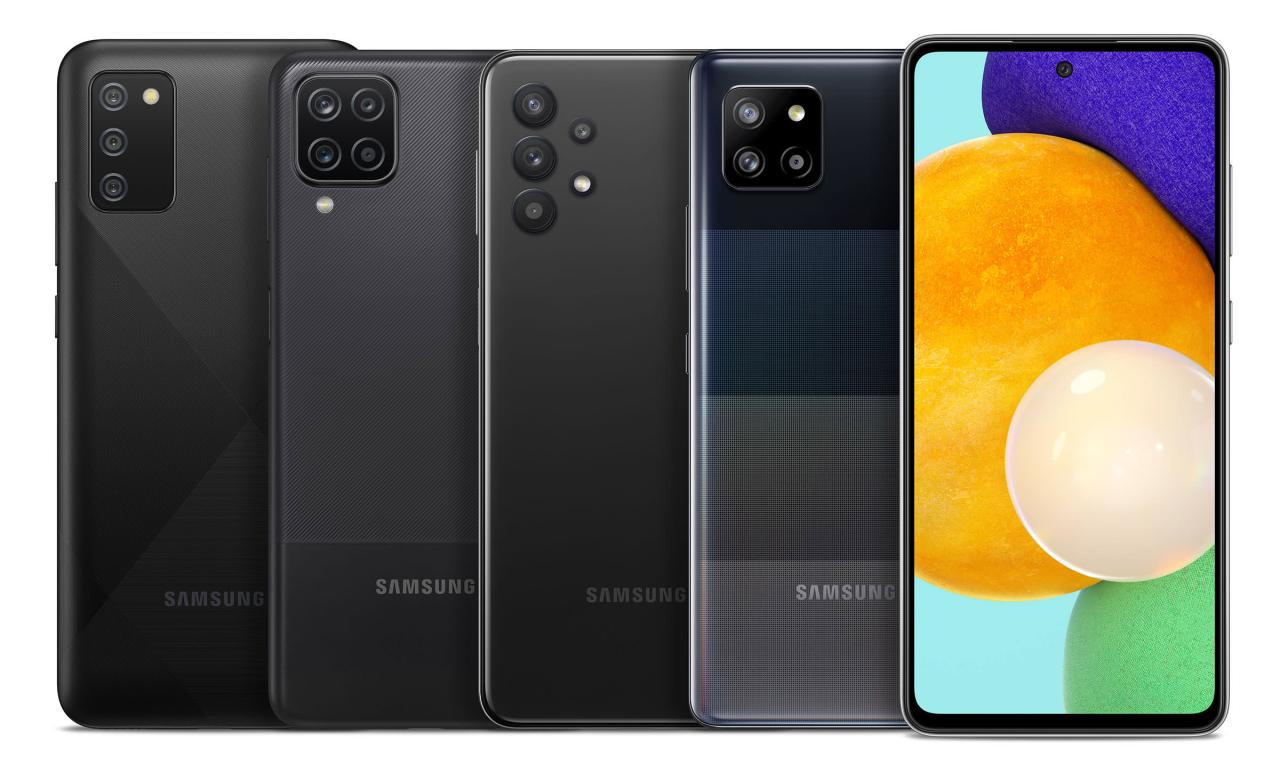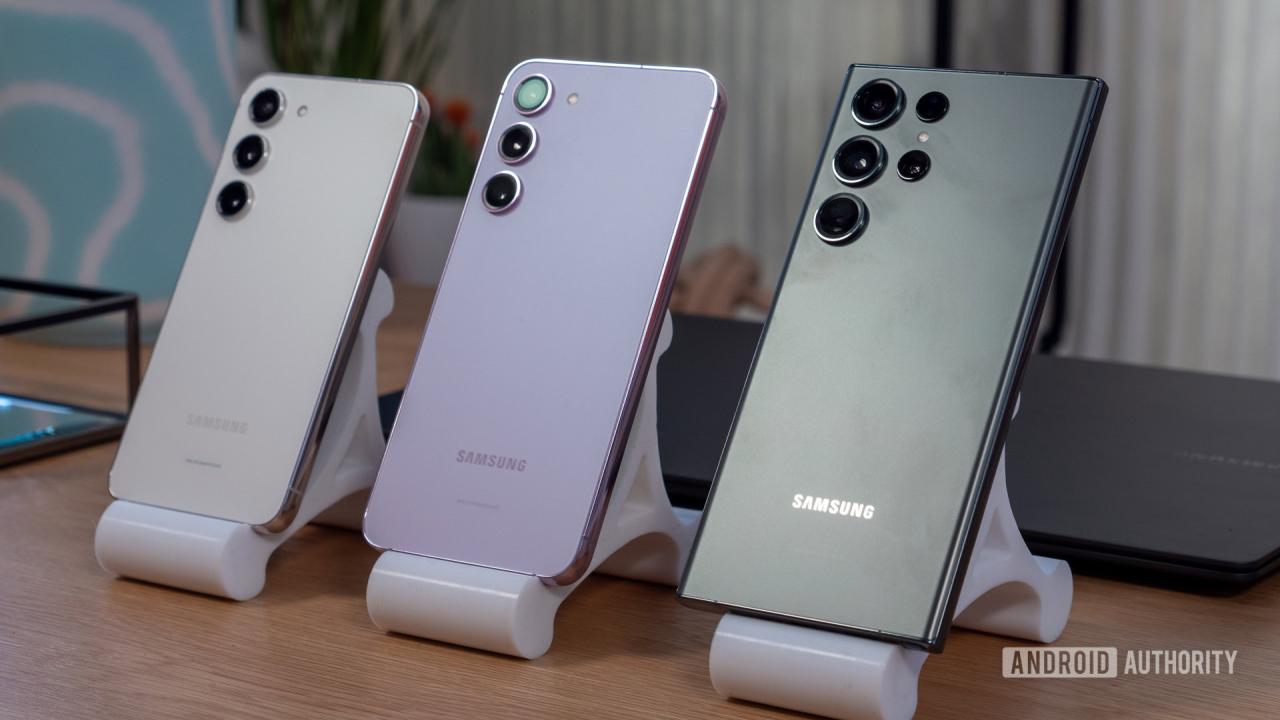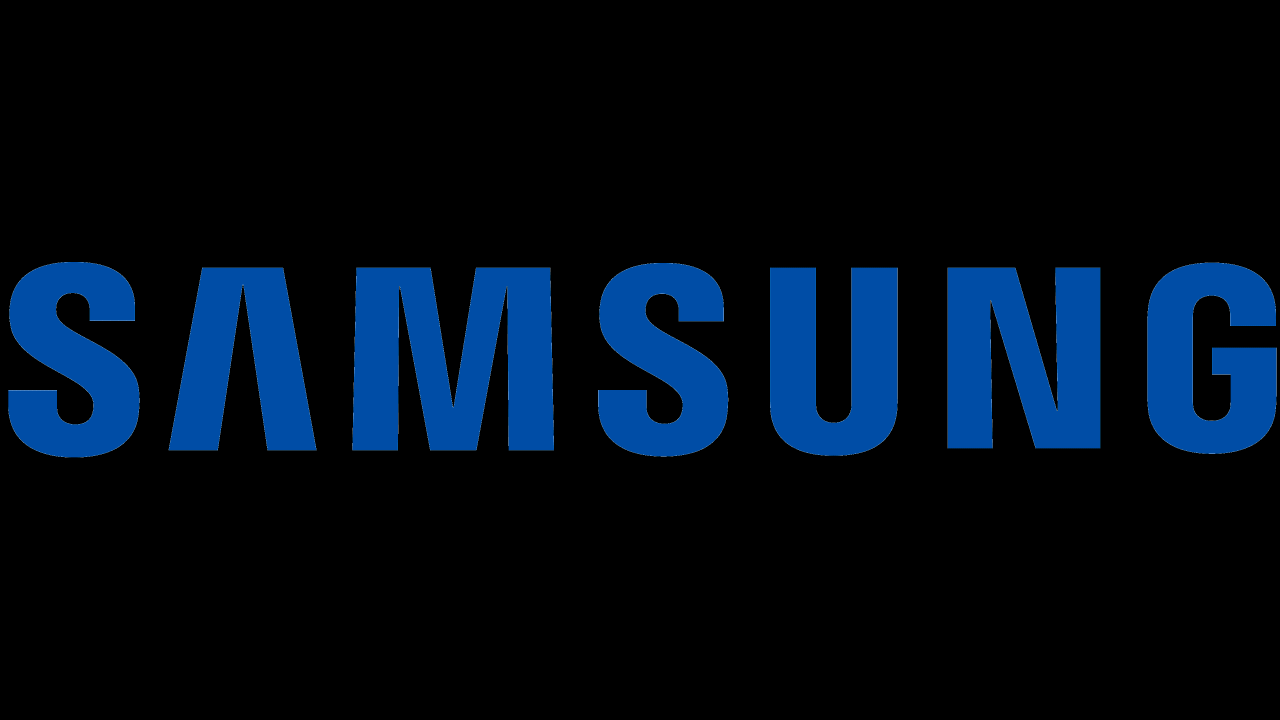samsung galaxy s ii takes center stage as a pivotal device in the evolution of smartphones, captivating users with its innovative features and sleek design. Released in 2011, this smartphone not only set a new standard for mobile technology but also defined user expectations for future devices. With its powerful hardware and intuitive software, the Samsung Galaxy S II quickly became a favorite among tech enthusiasts and casual users alike.
Boasting a stunning Super AMOLED display and a dual-core processor, the Samsung Galaxy S II was a marvel at its time, making it a worthy competitor against other flagship devices. Its legacy continues to influence Samsung’s design philosophy and functionality in the years that followed, marking its importance in the landscape of mobile technology.
Overview of Samsung Galaxy S II

The Samsung Galaxy S II was unveiled in February 2011 and officially released in April of the same year. It represented a significant leap forward in mobile technology, combining cutting-edge hardware with an elegant design. The Galaxy S II quickly became a flagship device for Samsung, garnering attention and accolades that would solidify its position in the smartphone marketplace and influence future devices.
The design of the Samsung Galaxy S II was groundbreaking for its time, featuring a slim and lightweight body that made it one of the thinnest smartphones available. The device boasted a 4.3-inch Super AMOLED Plus display, which not only provided vibrant colors and deep blacks but also enhanced visibility under direct sunlight. The specifications included a dual-core 1.2 GHz processor, 1 GB of RAM, and either 16 GB or 32 GB of internal storage, further establishing it as a powerful device capable of handling demanding applications and multitasking with ease. The integration of an 8-megapixel rear camera with LED flash and a 2-megapixel front camera catered to the growing trend of social media sharing and video calling, significantly enhancing user engagement.
Design Features and Specifications
The design features and specifications of the Samsung Galaxy S II contributed to its popularity and historical significance in the smartphone market. Key aspects include:
- Dimensions and Weight: With dimensions of 125.3 x 66.1 x 8.49 mm and weighing only 116 grams, the Galaxy S II was remarkably portable, making it easy to carry and use with one hand.
- Display Technology: The 4.3-inch Super AMOLED Plus display offered a resolution of 800 x 480 pixels, providing stunning clarity and color depth that enhanced multimedia experiences.
- Processor and Performance: The dual-core processor allowed for superior performance, enabling users to run multiple applications and games smoothly, setting a new standard for speed in smartphones.
- Camera Capabilities: The 8-megapixel rear camera included features such as autofocus and 1080p video recording, appealing to photography enthusiasts and users who valued high-quality photo and video capture.
- Battery Life: Equipped with a 1650 mAh battery, the Galaxy S II provided a satisfactory battery life that supported extensive usage throughout the day without frequent recharging.
“The Samsung Galaxy S II set a precedent for future smartphones, influencing design aesthetics and performance standards.”
The impact of the Samsung Galaxy S II on the evolution of mobile technology is difficult to overstate. It not only established Samsung as a leading player in the smartphone market but also influenced competitors by showcasing the importance of user experience, performance, and design. By integrating advanced features and maintaining a focus on sleek aesthetics, the Galaxy S II paved the way for subsequent innovations in mobile devices, ultimately contributing to the evolution of smartphones as we know them today.
Key Features and Specifications

The Samsung Galaxy S II, launched in 2011, was a significant milestone in the smartphone market, introducing an array of features and specifications that set it apart from its contemporaries. With its impressive hardware and innovative software, the Galaxy S II garnered widespread acclaim, making it one of the defining devices of its era.
Hardware Specifications
The hardware specifications of the Samsung Galaxy S II were impressive for its time, showcasing a blend of performance and efficiency. It was equipped with a dual-core ARM Cortex-A9 processor, clocked at 1.2 GHz, which enabled multi-tasking and smooth operation of applications.
The camera capabilities were another highlight, featuring an 8-megapixel rear camera with LED flash and 1080p video recording. The front-facing camera was 2 megapixels, catering to video calls and selfies.
Battery life was also commendable, powered by a 1650 mAh battery that provided up to 18 hours of talk time and 610 hours on standby, allowing users to navigate their daily activities without the constant worry of recharging.
Software Features, Samsung galaxy s ii
The Samsung Galaxy S II was launched with Android 2.3 Gingerbread, later upgradable to Android 4.1.2 Jelly Bean, which introduced several software improvements. The TouchWiz interface offered a user-friendly experience with customizable home screens and widgets.
Unique applications included Samsung’s own apps such as Samsung Kies for device management and the Samsung Hub for content consumption, which enhanced the overall user experience. The device also introduced features like Smart Stay, which kept the screen on while the user was looking at it.
Comparative Specifications
When compared to its contemporaries, such as the HTC Sensation and the Motorola Atrix, the Samsung Galaxy S II stood out in several areas. The table below illustrates a brief comparison of key specifications:
| Feature | Samsung Galaxy S II | HTC Sensation | Motorola Atrix |
|---|---|---|---|
| Processor | 1.2 GHz Dual-Core | 1.2 GHz Dual-Core | 1 GHz Dual-Core |
| Camera | 8 MP Rear, 2 MP Front | 8 MP Rear, 1.3 MP Front | 5 MP Rear, VGA Front |
| Battery | 1650 mAh | 1520 mAh | 1930 mAh |
| Screen Size | 4.3 inches | 4.3 inches | 4.0 inches |
| Operating System | Android 2.3 | Android 2.3 | Android 2.2 |
Overall, the Samsung Galaxy S II not only matched but often exceeded the capabilities of its competitors, solidifying its position as a leading smartphone in the market during its launch period.
User Experience and Reception
The Samsung Galaxy S II garnered significant attention and mixed reviews upon its release, positioning itself as a formidable player in the smartphone arena. User experiences varied widely, with many praising its robust performance and features, while others pointed out shortcomings that sparked discussions within the tech community.
User Reviews and Testimonials
In evaluating the Samsung Galaxy S II, user testimonials reflected a blend of satisfaction and critique. Many users applauded its vibrant Super AMOLED display, stating that it offered “stunning colors and deep blacks,” enhancing media consumption significantly. Performance was another highlight; users reported smooth multitasking and swift application launches powered by its dual-core processor. However, some users identified issues with battery life, noting that heavy usage could drain the battery quickly.
Key highlights from user reviews include:
-
“The camera quality is outstanding for its time; I can capture great photos even in low light!”
-
“The size feels just right in my hand, and the interface is easy to navigate.”
-
“Battery life could be better when using GPS and streaming services regularly.”
-
“I experienced occasional lags with certain games, but overall performance is solid.”
Comparison with Other Flagship Smartphones
When comparing the user experience of the Samsung Galaxy S II with other flagship smartphones released around the same time, such as the HTC Sensation and the Apple iPhone 4S, several distinctions emerged. Users noted that while the iPhone 4S offered a more polished ecosystem and superior app optimization, the Galaxy S II excelled in hardware specifications.
Key comparison points include:
- Display: The Galaxy S II’s Super AMOLED displayed richer colors than the LCD of the iPhone 4S.
- Performance: While the iPhone 4S had a slightly faster processor, the dual-core setup in the Galaxy S II was adept for multitasking.
- Camera: Users felt the Galaxy S II’s camera outperformed the iPhone 4S in low-light conditions, capturing clearer and brighter images.
- Software: Android’s customization options on the Galaxy S II provided an edge over the more restrictive iOS experience.
Common Issues and Community Solutions
Despite its strengths, the Samsung Galaxy S II was not without its issues. Users commonly reported problems such as inconsistent Wi-Fi connectivity, occasional software glitches, and battery drain. The community rallied to propose solutions, many of which proved effective.
Notable issues and their popular fixes include:
- Wi-Fi Connectivity: Users often resolved connectivity issues by resetting network settings or switching the router frequency.
- Software Glitches: Performing a factory reset or updating to the latest firmware was frequently recommended to enhance stability.
- Battery Life: Users found success using battery saver modes and optimizing settings to reduce background activity, prolonging battery life.
The user experience surrounding the Samsung Galaxy S II continues to resonate, with its legacy influencing subsequent smartphone designs and user expectations.
Legacy and Influence on Future Models

The Samsung Galaxy S II marked a pivotal moment in smartphone evolution, introducing a plethora of innovations that not only enhanced user experience but also set a benchmark for future devices. Its impact reverberated through subsequent Samsung models and the broader smartphone industry, influencing design, functionality, and consumer expectations.
The Galaxy S II’s success was not merely attributable to its specifications; it was a combination of features and design elements that resonated with users and shaped the direction of smartphone development.
Key Innovations of the Samsung Galaxy S II
Among the innovations introduced by the Galaxy S II, several key features significantly influenced later models:
- Super AMOLED Plus Display: The Galaxy S II featured a 4.3-inch Super AMOLED Plus display, which offered vibrant colors, deep blacks, and improved sunlight visibility. This technology became a standard in subsequent models, enhancing the visual experience for users.
- Lightweight Design: Weighing just 116 grams, the Galaxy S II was one of the lightest smartphones at its launch. This emphasis on sleek, lightweight design influenced the aesthetics of future smartphones, encouraging manufacturers to prioritize portability alongside functionality.
- Dual-Core Processor: The introduction of a dual-core processor paved the way for smoother multitasking and better performance. This set a precedent for high-performance smartphones, with subsequent models often featuring even more powerful processors to meet growing consumer demands.
- Enhanced Camera Features: With an 8 MP rear camera and various enhancements such as zero shutter lag, the Galaxy S II raised the bar for mobile photography. This focus on camera quality has become a critical selling point for nearly every smartphone released post-2011.
Shaping Consumer Expectations
The Galaxy S II played a crucial role in shaping consumer expectations for smartphones. It demonstrated that users valued not just performance but also design and usability.
“The Galaxy S II redefined what a smartphone could be, setting a new standard that would compel manufacturers to innovate continuously.”
As a result, consumers began to expect features such as high-resolution displays, rapid processing speeds, and robust camera capabilities as standard offerings rather than luxuries.
Precedent for Design and Functionality
The design philosophy of the Galaxy S II laid the groundwork for future Samsung models and influenced competitors as well. Its streamlined body, minimalistic design, and intuitive interface became hallmarks that others sought to emulate.
The device’s combination of functionality and aesthetics led to a paradigm shift in smartphone design. It not only inspired Samsung’s subsequent Galaxy S series but also prompted other manufacturers to elevate their design standards.
The influence of the Galaxy S II can be seen in:
- Increased Emphasis on User Interface: The TouchWiz UX, which debuted with the Galaxy S II, pushed for more user-friendly interfaces. Subsequent models adopted similar approaches, ensuring that user experience remained a focal point.
- Focus on Multitasking: The ability to run multiple apps seamlessly, a feature that was enhanced in the Galaxy S II, set a trend for future smartphones to integrate advanced multitasking capabilities.
- Integration of Social Media Features: The incorporation of seamless social media connectivity in the Galaxy S II influenced future models to consider social features as essential components of smartphone design.
The Samsung Galaxy S II stands as a transformative device that not only advanced technology but also reshaped consumer expectations and industry standards. Its legacy continues to influence the design and functionality of modern smartphones, ensuring that its impact will be felt for years to come.
User Queries: Samsung Galaxy S Ii
What was the release date of the Samsung Galaxy S II?
The Samsung Galaxy S II was released in April 2011.
What were the key features of the Samsung Galaxy S II?
Key features included a 4.3-inch Super AMOLED display, a dual-core processor, and an 8 MP rear camera.
How did users generally perceive the Samsung Galaxy S II?
Users praised its performance and design but noted battery life as a common concern.
What innovations did the Samsung Galaxy S II introduce?
The Samsung Galaxy S II introduced features like a lightweight design and enhanced camera functionality.
How did the Samsung Galaxy S II compare to its competitors?
It was considered one of the top smartphones during its time, outperforming many competitors in specifications and user satisfaction.
The Samsung Galaxy S10+ has been a standout device since its release, boasting exceptional features such as a stunning display and powerful camera capabilities. Users have praised its performance and design, making it one of the best choices for smartphone enthusiasts. As technology advances, it’s essential to explore newer models like the Samsung S 19, which promises further innovations and enhancements.
As we look toward the future, the upcoming Samsung S 19 is generating significant buzz among tech lovers. With expectations for improved functionalities and sleek design, this device is poised to elevate the smartphone experience. Comparatively, the Samsung Galaxy S10+ has set a strong benchmark, and many are eager to see how its successor will evolve.
